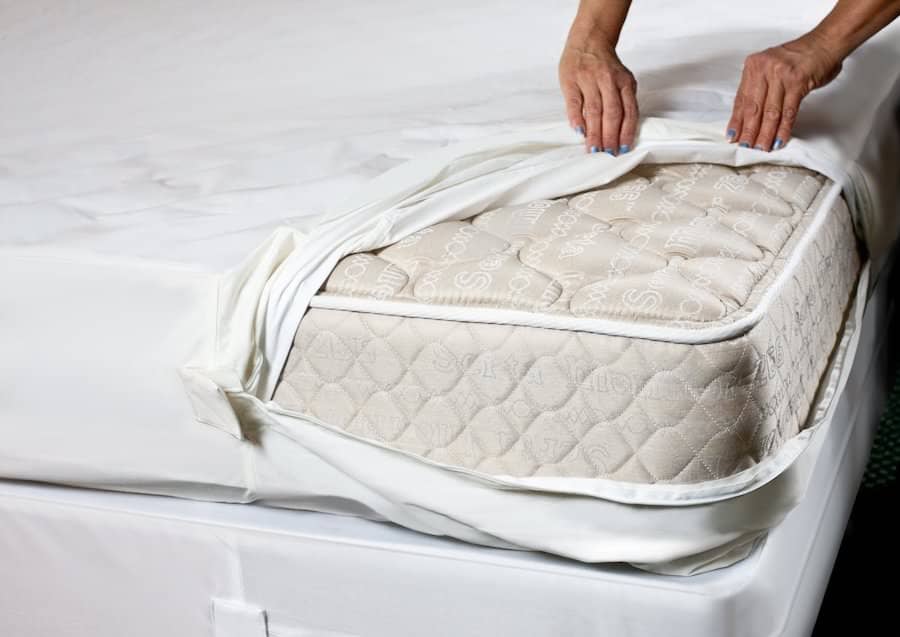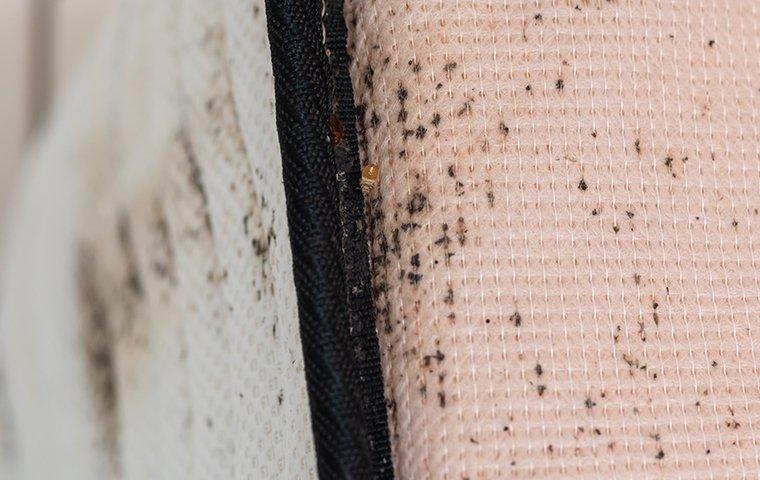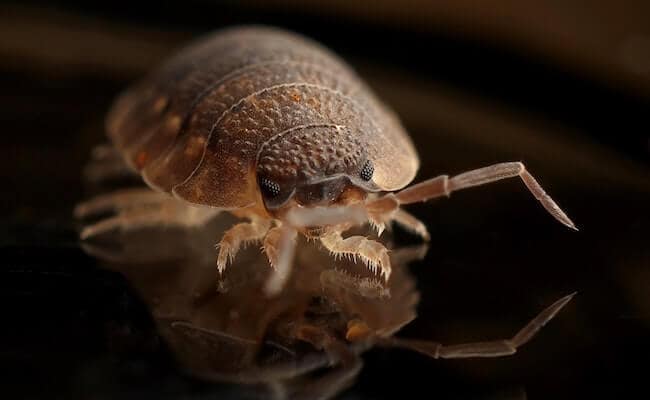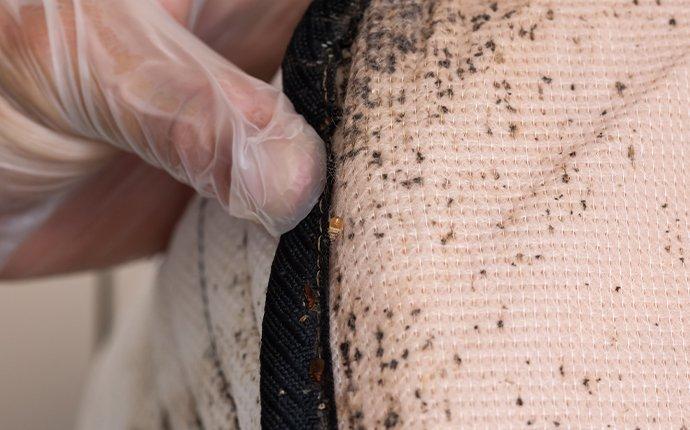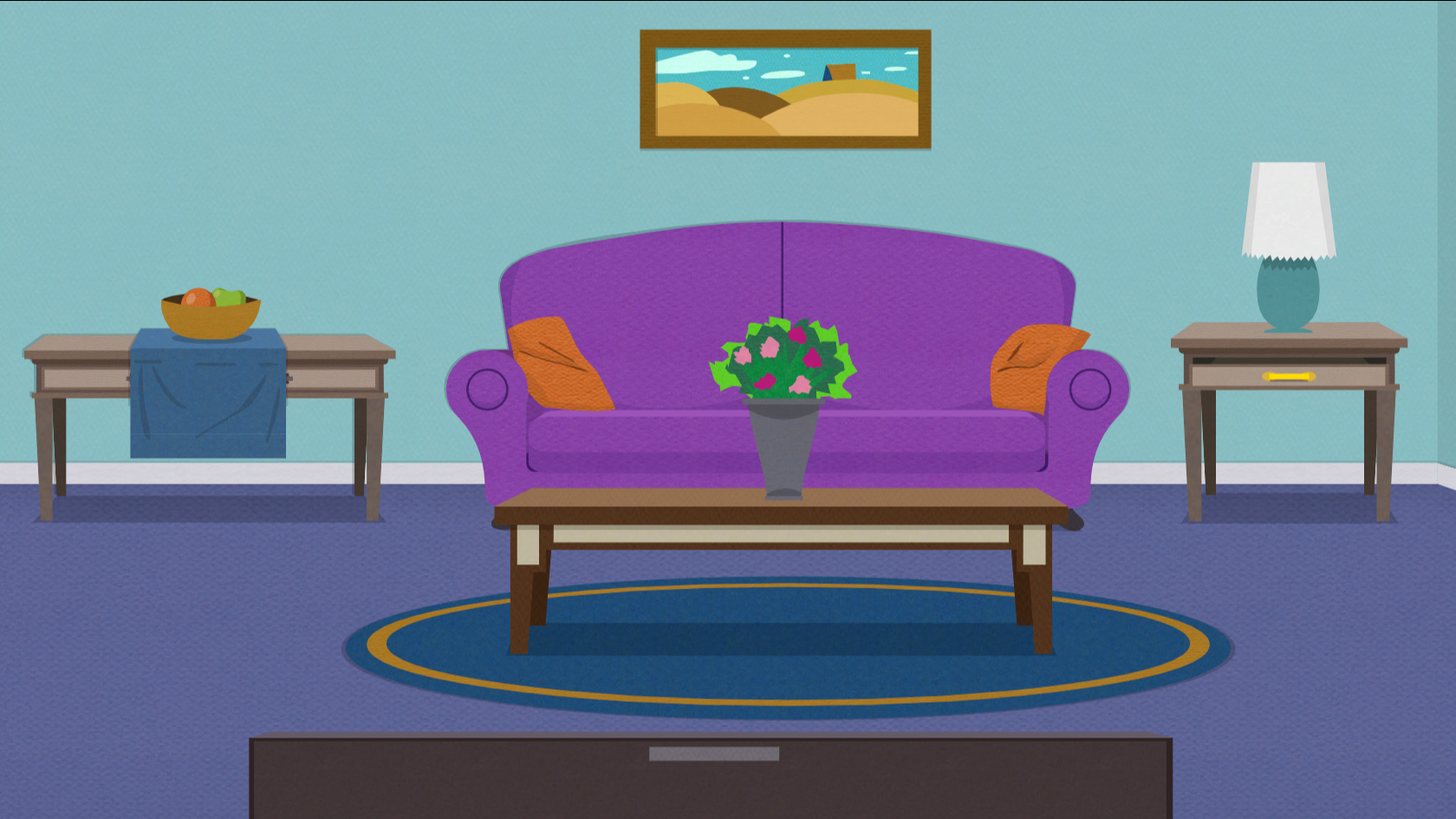How to Clean a Dirty Mattress
If you haven't cleaned your mattress in a while, chances are it's become a breeding ground for dirt, dust, and other unsavory things. Not only can a dirty mattress affect your sleep quality, but it can also lead to health issues. But fear not, here are some tips on how to clean your dirty mattress and get it looking and feeling fresh again.
First, start by removing all the bedding and vacuuming the mattress thoroughly. This will help get rid of any loose dirt, dust, and debris that may be lingering on the surface. Be sure to use a vacuum with a HEPA filter to trap any allergens.
Next, sprinkle baking soda over the entire mattress and let it sit for at least an hour. Baking soda is great for absorbing odors and can help remove any musty smells from your mattress. After an hour, vacuum up the baking soda.
For any stubborn stains or odors, mix equal parts of hydrogen peroxide and water in a spray bottle. Spritz the solution onto the affected areas and let it sit for a few minutes before blotting it with a clean cloth. This should help lift the stain and freshen up the mattress.
Finally, to disinfect and sanitize your mattress, use a steam cleaner. The high temperature of the steam will kill any bacteria, dust mites, and bed bugs that may be lurking in your mattress. Make sure to cover the entire surface of the mattress and let it dry completely before putting on clean bedding.
How to Get Rid of Bed Bugs
One of the most dreaded pests that can infest your mattress are bed bugs. Not only are they a nuisance, but they can also cause itchy bites and spread quickly throughout your home. If you suspect you have bed bugs, here are some steps to get rid of them.
First, wash all your bedding, including sheets, blankets, and pillowcases, in hot water. Then, dry them on the highest heat setting to kill any bed bugs or eggs. It's also a good idea to vacuum your mattress and box spring thoroughly to remove any bed bugs or eggs that may be hiding in the crevices.
Next, use a bed bug spray or powder specifically designed to kill bed bugs. Follow the instructions carefully and make sure to cover all areas of the mattress, including the seams and tufts. You may also want to use a mattress encasement to prevent any remaining bed bugs from escaping and to protect your mattress from future infestations.
If the infestation is severe, it's best to call a professional exterminator. They have the proper equipment and expertise to effectively eliminate bed bugs from your home.
Signs of Bed Bugs on a Mattress
Bed bugs are tiny, flat, and can easily hide in the seams, crevices, and tufts of your mattress. Because of their size and nocturnal habits, they can be hard to spot. However, there are some signs you can look out for to determine if you have a bed bug infestation on your mattress.
One of the most obvious signs is finding bed bug bites on your skin. These bites are usually small, red, and itchy and may appear in a linear pattern. You may also notice small bloodstains on your bedding or mattress, which are caused by bed bugs being crushed while feeding.
Other signs of bed bugs include dark spots or stains on your mattress, which are their excrement, and shed skins, which are a result of their molting process. If you notice any of these signs, it's important to take action immediately to prevent the infestation from spreading.
How to Prevent Bed Bugs on a Mattress
Prevention is key when it comes to bed bugs. Here are some tips to help prevent these pesky pests from infesting your mattress.
First, be cautious when buying used furniture, especially mattresses. Always inspect them thoroughly for any signs of bed bugs before bringing them into your home. It's also a good idea to encase your mattress and box spring in a bed bug-proof cover to prevent them from getting in or out.
When traveling, inspect your hotel room for any signs of bed bugs. Keep your luggage off the floor and away from the bed, and wash all your clothing and belongings in hot water when you return home. This will help kill any potential bed bugs before they have a chance to infest your mattress.
How to Treat a Mattress for Bed Bugs
If you suspect your mattress is infested with bed bugs, it's important to take action immediately to prevent the infestation from spreading. Here are some steps to treat your mattress for bed bugs.
First, remove all bedding and wash it in hot water. Then, vacuum the mattress thoroughly, paying extra attention to the seams and tufts. Next, use a bed bug spray or powder and follow the instructions carefully. Make sure to cover all areas of the mattress and repeat the treatment if necessary.
After treating the mattress, encase it in a bed bug-proof cover to prevent any remaining bed bugs from escaping and to protect your mattress from future infestations. It's also a good idea to continue monitoring and treating your mattress regularly to prevent any potential re-infestations.
How to Tell if Your Mattress is Infested with Bed Bugs
As mentioned earlier, bed bugs can be hard to spot due to their small size and nocturnal habits. However, there are some ways to tell if your mattress is infested with bed bugs.
Aside from the signs mentioned previously, you may also notice a musty or sweet odor in your bedroom. This is a pheromone produced by bed bugs and can often be a telltale sign of an infestation. You may also see live bed bugs crawling on your mattress or in the surrounding area.
If you're still unsure, you can also use bed bug traps or monitors to catch any bed bugs that may be hiding. These traps use a lure to attract bed bugs and can help determine the severity of the infestation.
How to Dispose of a Mattress with Bed Bugs
If your mattress is severely infested with bed bugs and cannot be treated or salvaged, it's important to dispose of it properly to prevent the infestation from spreading. Here's how to do it.
First, wrap the mattress in a plastic bag or cover it with a tarp to prevent any bed bugs from escaping during transportation. Then, label the mattress as "infested with bed bugs" to alert others who may come into contact with it.
Next, you can either take the mattress to a landfill or contact your local waste management company for specific instructions on how to dispose of it. It's important to follow their guidelines to ensure the mattress is properly disposed of and doesn't contribute to the spread of bed bugs.
How to Protect Your Mattress from Bed Bugs
As the saying goes, prevention is better than cure. So, how can you protect your mattress from bed bugs in the first place? Here are some tips.
First, regularly inspect your mattress for any signs of bed bugs and take immediate action if you notice any. It's also a good idea to vacuum your mattress regularly and wash your bedding in hot water to kill any potential bed bugs.
You can also use bed bug-proof covers for your mattress and box spring to prevent bed bugs from getting in or out. These covers are made of a material that bed bugs cannot bite through and can help protect your mattress from infestations.
How to Clean a Mattress After Bed Bug Infestation
If you've successfully treated your mattress for bed bugs, it's important to clean it thoroughly to remove any dead bed bugs, eggs, or residue left behind. Here's how.
First, vacuum the mattress thoroughly, paying extra attention to the seams and tufts. Then, use a steam cleaner to disinfect and sanitize the mattress. Make sure to cover the entire surface and let it dry completely before putting on clean bedding and encasing the mattress in a bed bug-proof cover.
It's also a good idea to continue monitoring and cleaning your mattress regularly to prevent any potential re-infestations. This will help keep your mattress clean and free of bed bugs for a good night's sleep.
How to Inspect a Used Mattress for Bed Bugs
Buying a used mattress can save you money, but it can also come with the risk of bed bugs. If you're considering purchasing a used mattress, here's how you can inspect it for bed bugs.
First, thoroughly inspect the seams, crevices, and tufts of the mattress for any signs of bed bugs, such as dark spots or stains, shed skins, or live bugs. You can also use a flashlight to get a better view.
Next, ask the seller if the mattress has ever had a bed bug infestation. If they're hesitant to answer or don't know, it's best to avoid purchasing the mattress. It's also a good idea to encase the mattress in a bed bug-proof cover before bringing it into your home.
How to Protect Your Home from a Dirty Mattress or Bed Bugs

Understanding the Danger of a Dirty Mattress
 A mattress is an essential part of our daily lives, providing us with a comfortable and restful night's sleep. However, mattresses can also be a breeding ground for dirt and bacteria, which can have negative effects on our health. A dirty mattress can cause allergies, respiratory problems, and skin irritation, leading to discomfort and sleep disturbances. But the most significant danger of a dirty mattress is the possibility of bed bugs.
A mattress is an essential part of our daily lives, providing us with a comfortable and restful night's sleep. However, mattresses can also be a breeding ground for dirt and bacteria, which can have negative effects on our health. A dirty mattress can cause allergies, respiratory problems, and skin irritation, leading to discomfort and sleep disturbances. But the most significant danger of a dirty mattress is the possibility of bed bugs.
The Threat of Bed Bugs
 Bed bugs are small, parasitic insects that feed on human blood. They are attracted to warm, dark places, making our mattresses the perfect hiding spot. Bed bugs can enter our homes through infested furniture or luggage, and once they establish themselves in a mattress, they can quickly spread to other areas of the house. These pests not only cause itchy bites, but they can also lead to anxiety and stress.
Bed bugs are small, parasitic insects that feed on human blood. They are attracted to warm, dark places, making our mattresses the perfect hiding spot. Bed bugs can enter our homes through infested furniture or luggage, and once they establish themselves in a mattress, they can quickly spread to other areas of the house. These pests not only cause itchy bites, but they can also lead to anxiety and stress.
Preventing a Dirty Mattress and Bed Bugs
 The best way to protect your home from a dirty mattress or bed bugs is prevention. Regularly cleaning and maintaining your mattress is crucial to keeping it free from dirt and bacteria. Vacuuming and steam cleaning can help eliminate any dust, dead skin cells, and other debris that may be lurking in your mattress. Additionally, using a mattress protector can act as a barrier against dirt and fluids, preventing them from seeping into your mattress.
To prevent bed bugs, it is essential to regularly inspect your mattress and bedding for any signs of infestation, such as red stains, shed skins, or small dark spots. If you suspect bed bugs, it is crucial to act quickly and seek professional help to eliminate the problem before it spreads.
The best way to protect your home from a dirty mattress or bed bugs is prevention. Regularly cleaning and maintaining your mattress is crucial to keeping it free from dirt and bacteria. Vacuuming and steam cleaning can help eliminate any dust, dead skin cells, and other debris that may be lurking in your mattress. Additionally, using a mattress protector can act as a barrier against dirt and fluids, preventing them from seeping into your mattress.
To prevent bed bugs, it is essential to regularly inspect your mattress and bedding for any signs of infestation, such as red stains, shed skins, or small dark spots. If you suspect bed bugs, it is crucial to act quickly and seek professional help to eliminate the problem before it spreads.
Conclusion
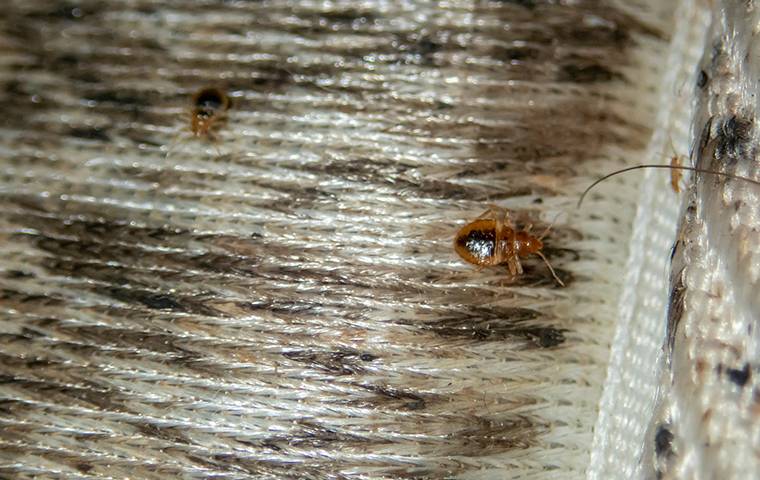 A dirty mattress or bed bugs can be a significant threat to our health and well-being. By understanding the dangers and taking preventative measures, we can ensure a comfortable and safe sleep environment. Regularly cleaning and maintaining our mattresses, as well as being vigilant for any signs of bed bugs, can help protect our homes and our health. Don't let a dirty mattress or bed bugs disrupt your peace of mind, take action to protect your home today.
A dirty mattress or bed bugs can be a significant threat to our health and well-being. By understanding the dangers and taking preventative measures, we can ensure a comfortable and safe sleep environment. Regularly cleaning and maintaining our mattresses, as well as being vigilant for any signs of bed bugs, can help protect our homes and our health. Don't let a dirty mattress or bed bugs disrupt your peace of mind, take action to protect your home today.



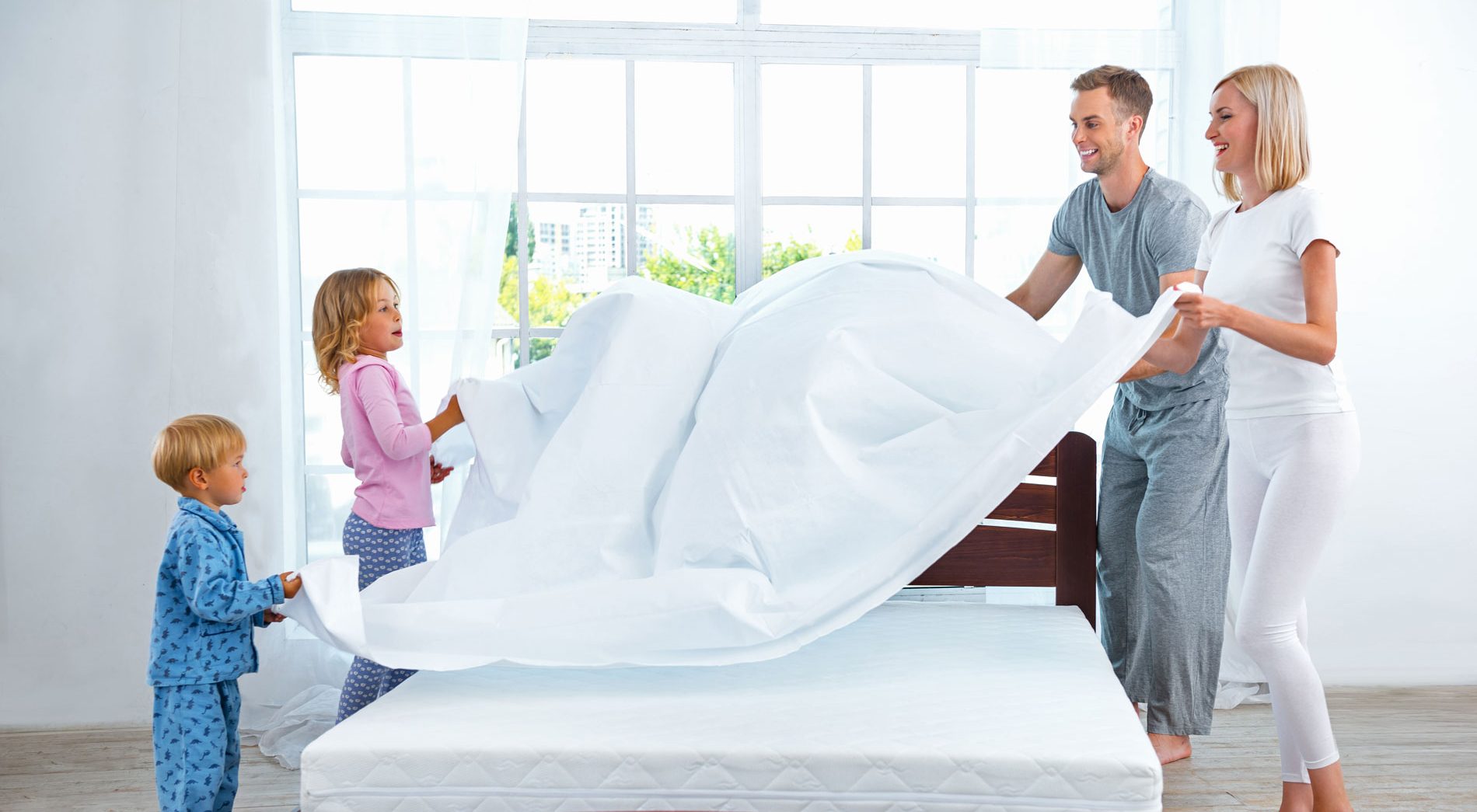










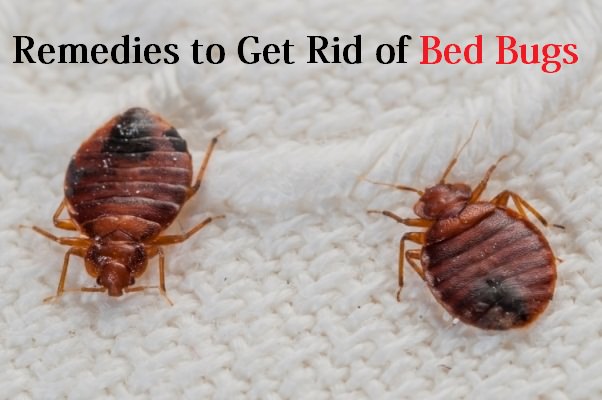

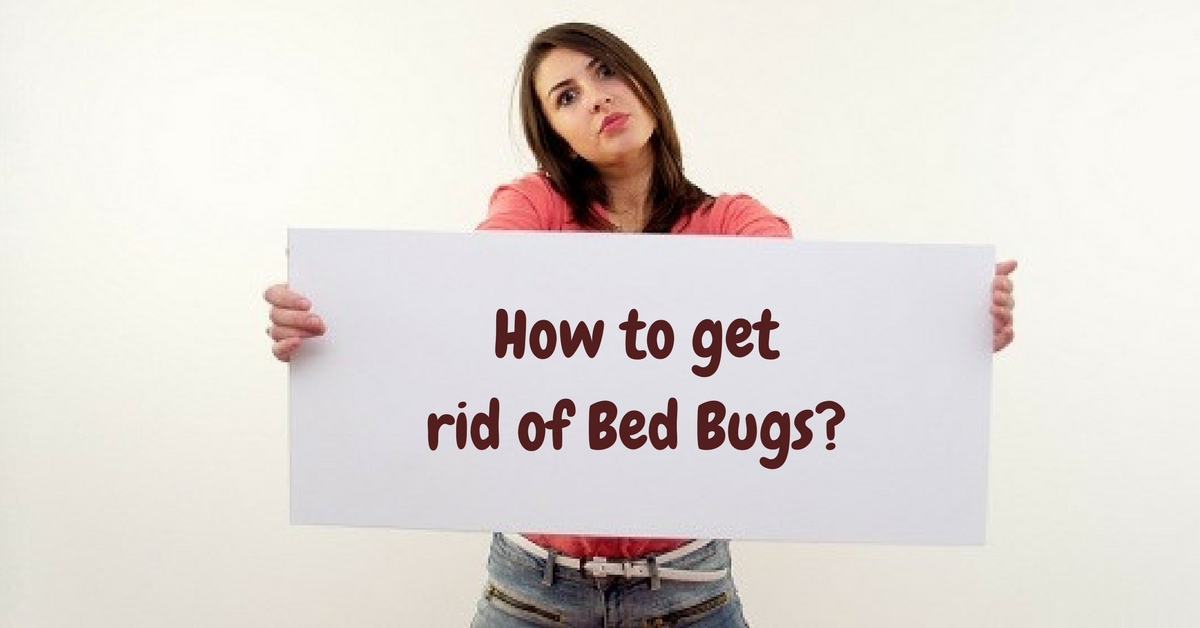




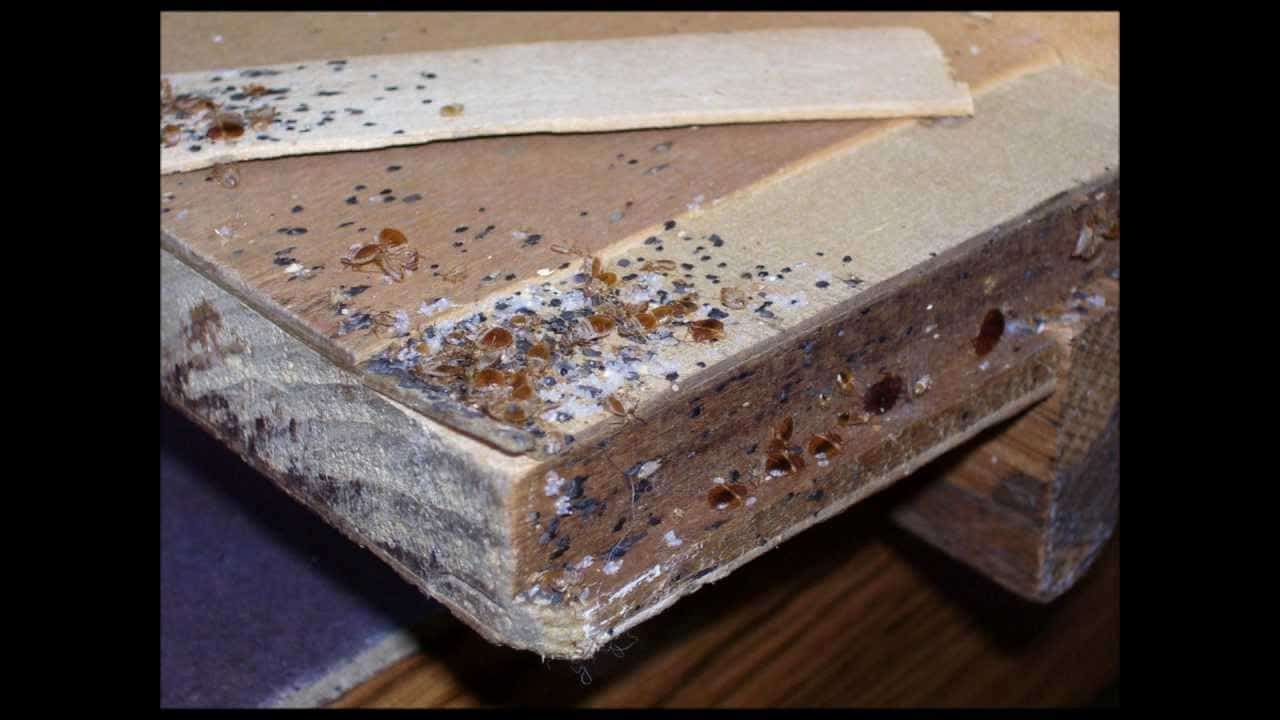










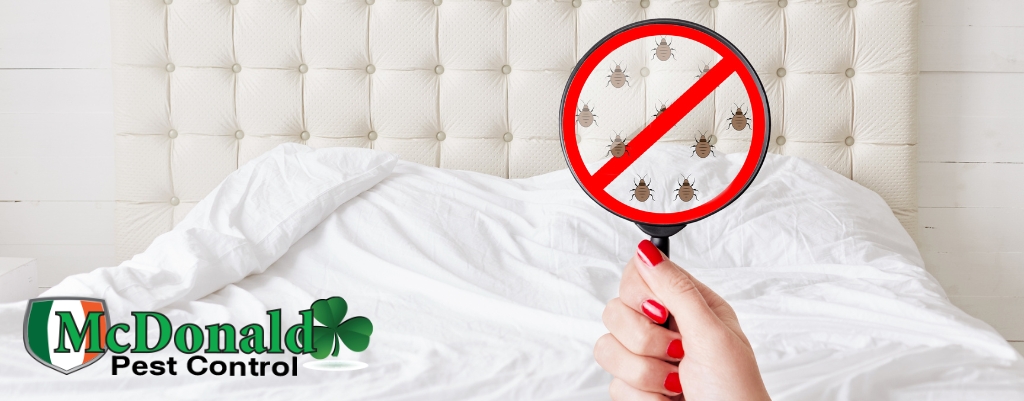



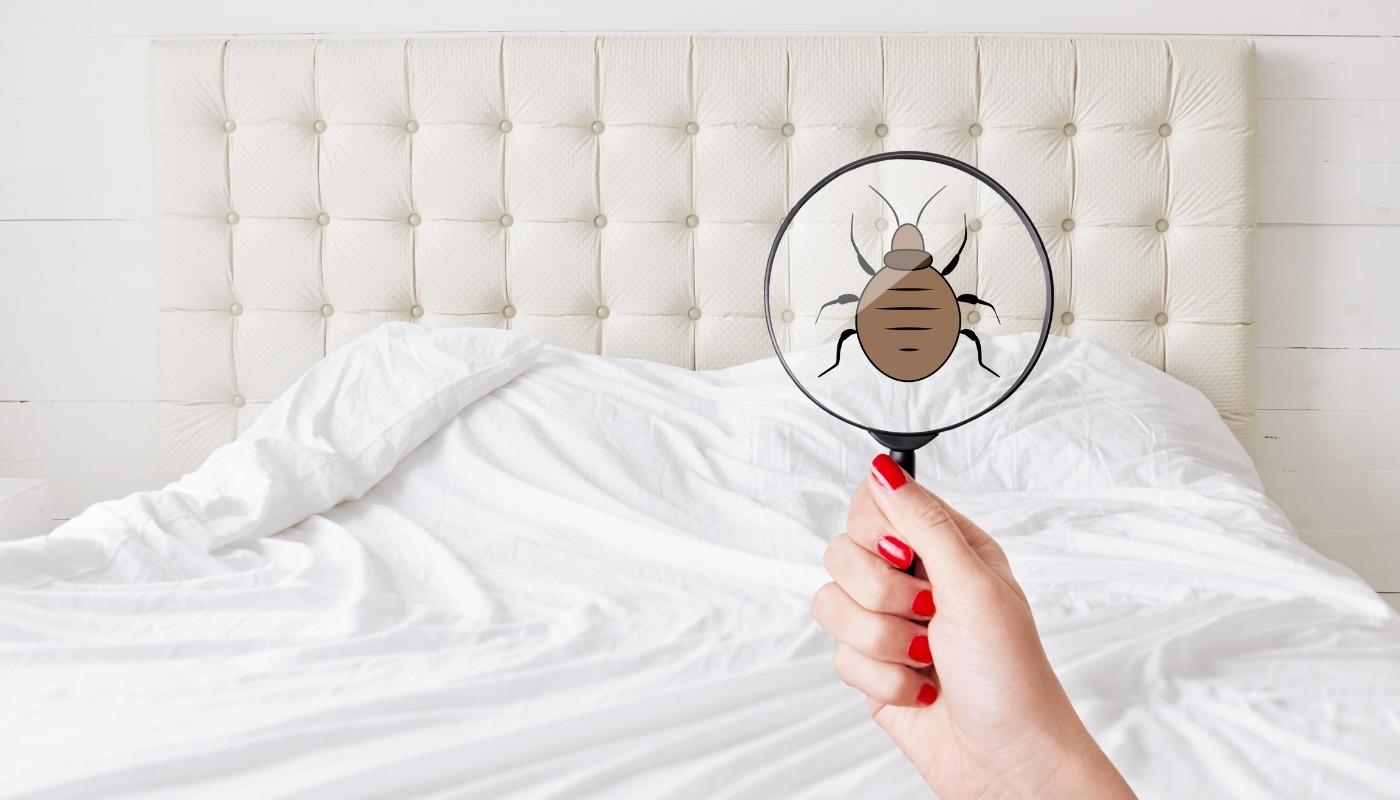
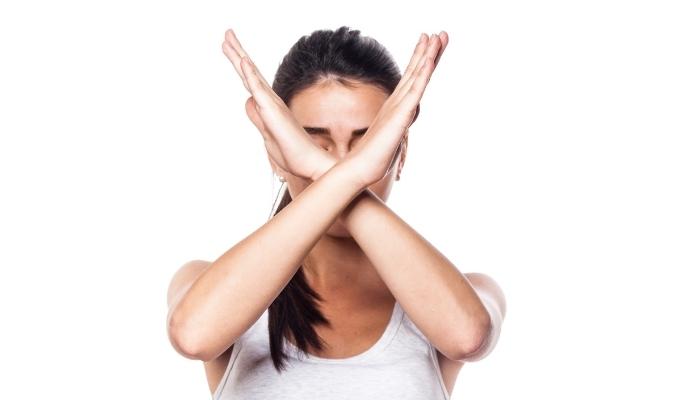
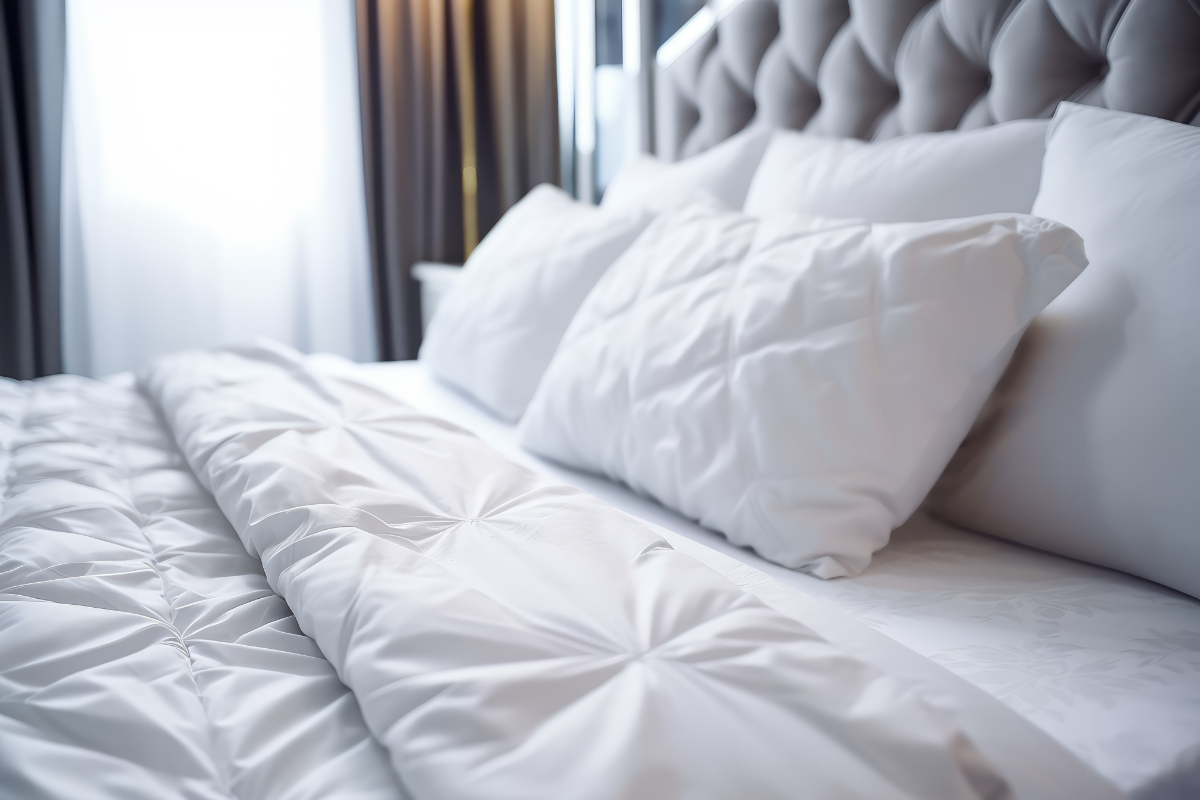


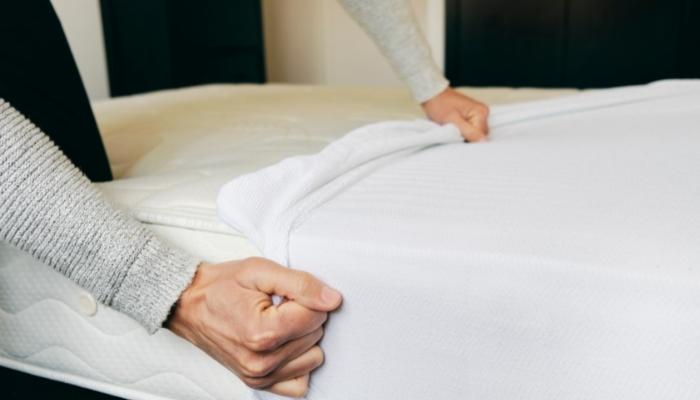

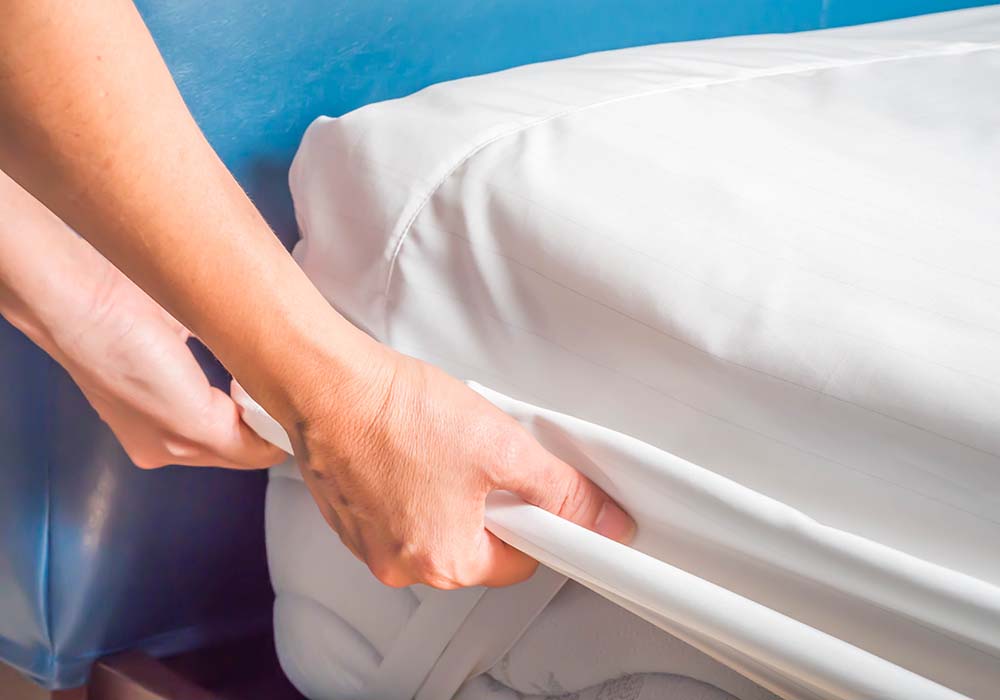

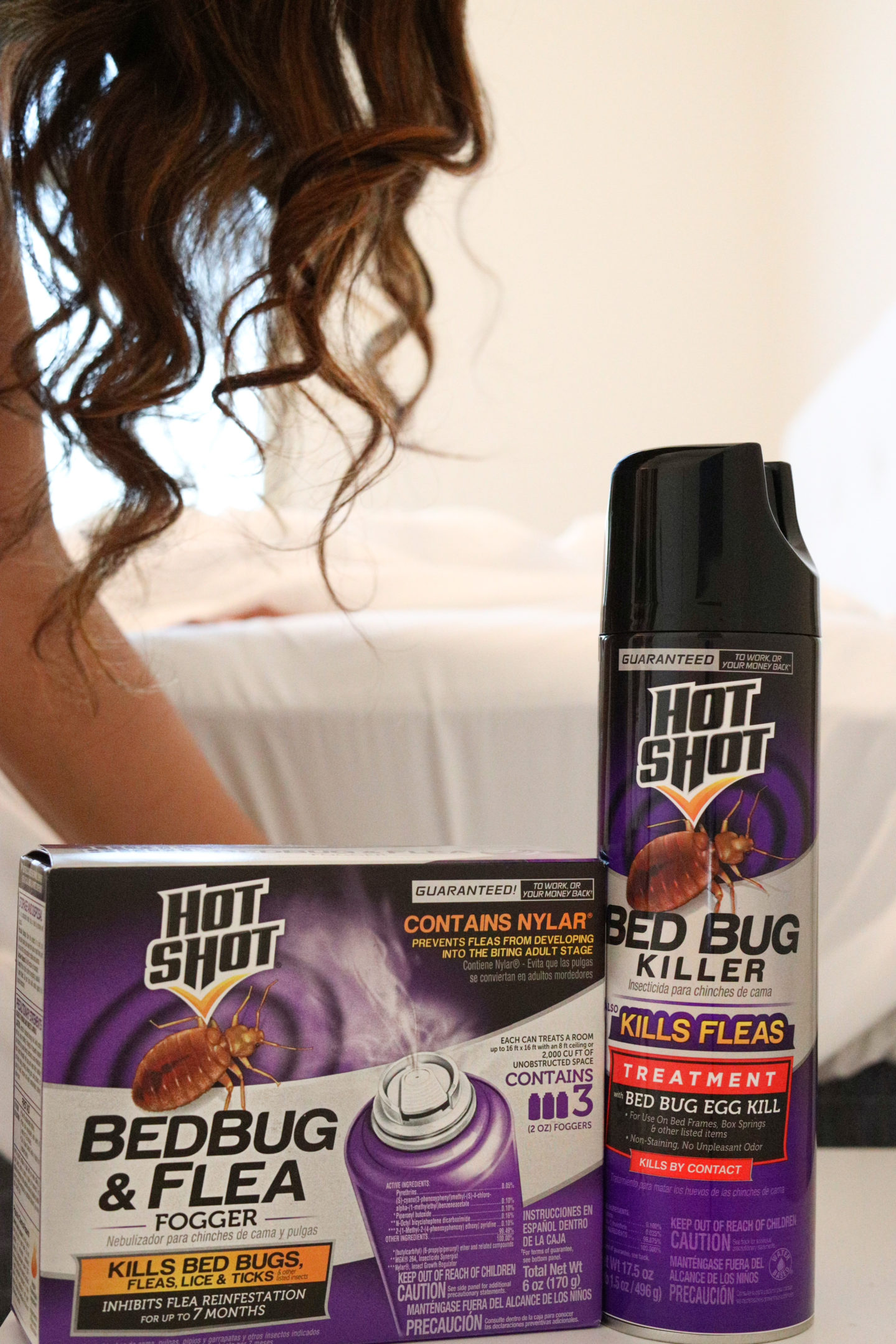




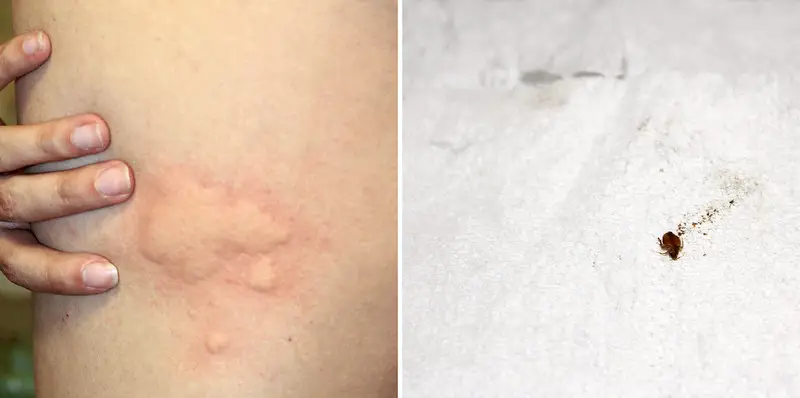

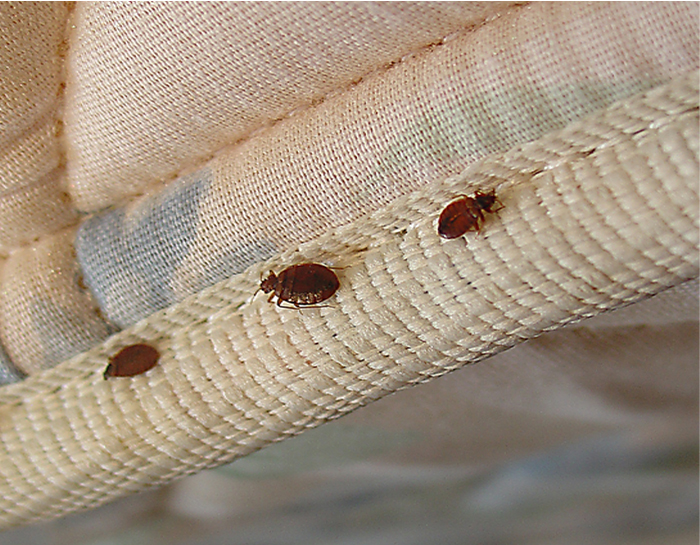

:max_bytes(150000):strip_icc()/bed-bug-bites-overview-2633482_v2-f8bfc57491af4e7a93307ec27a0d9652.png)






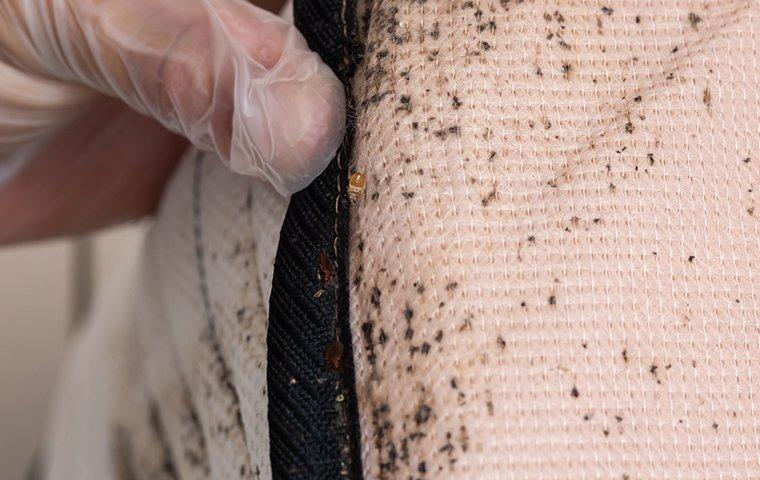





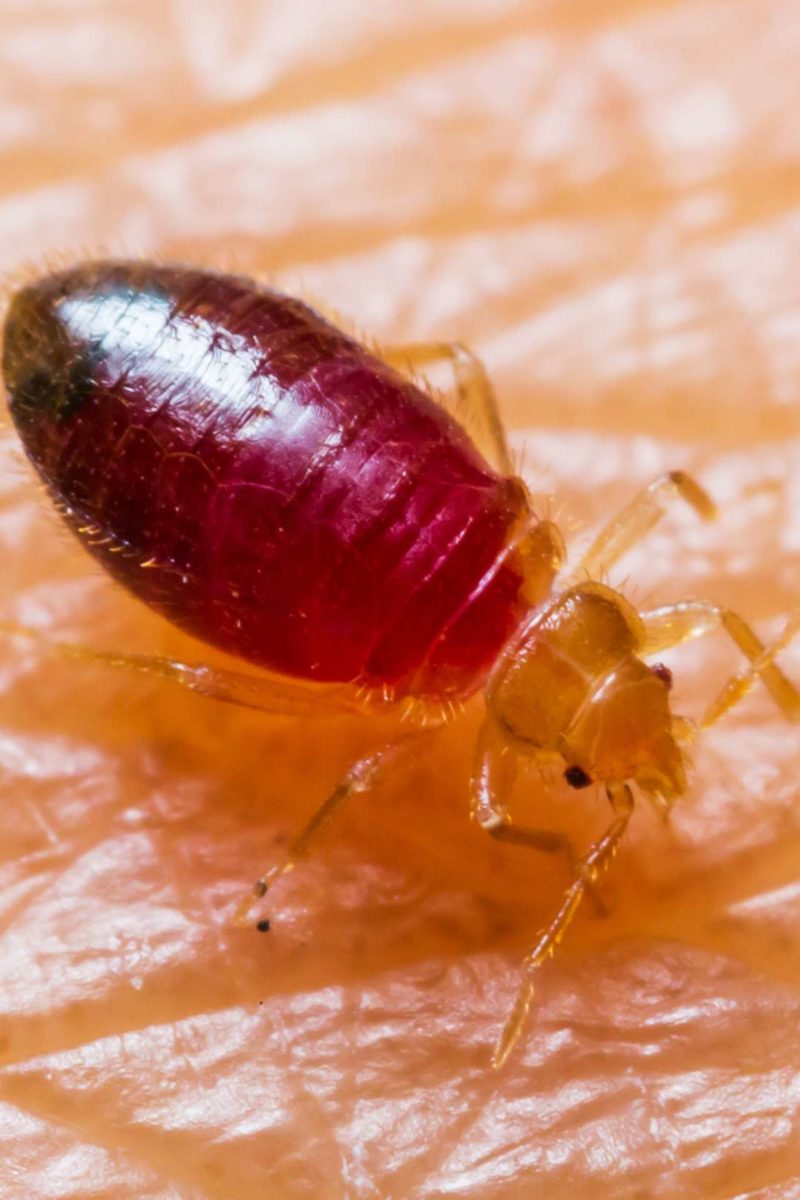









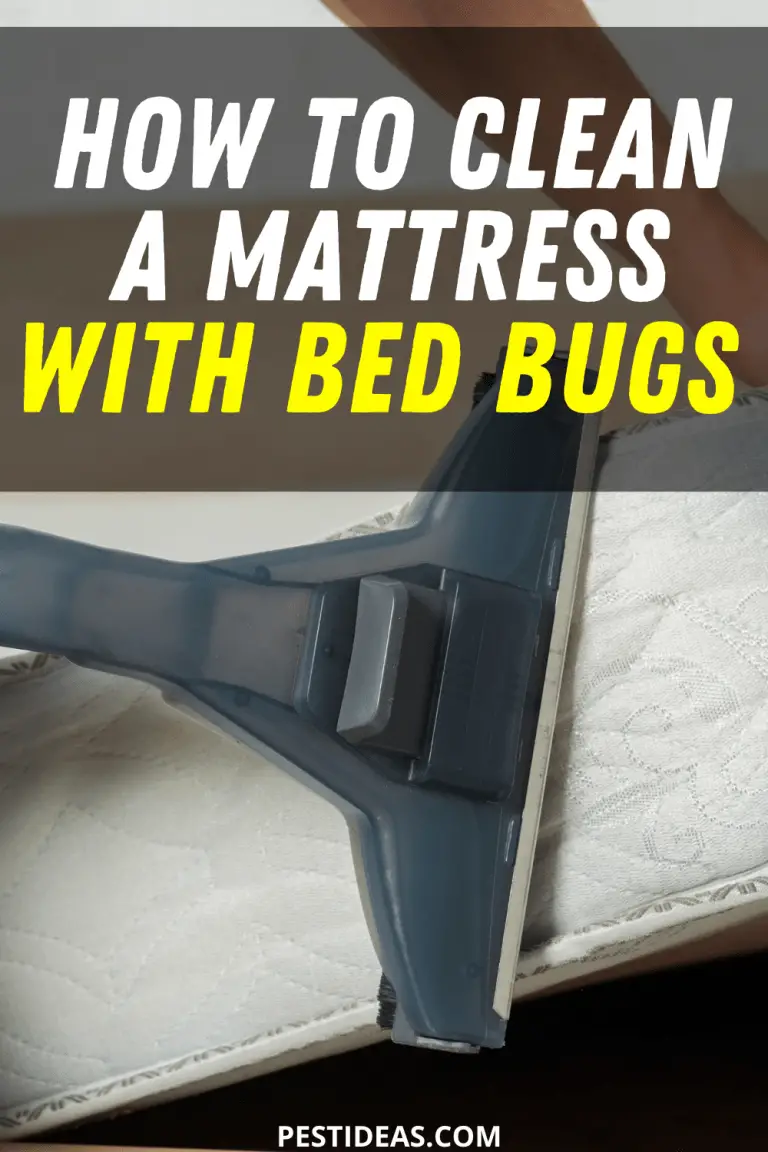



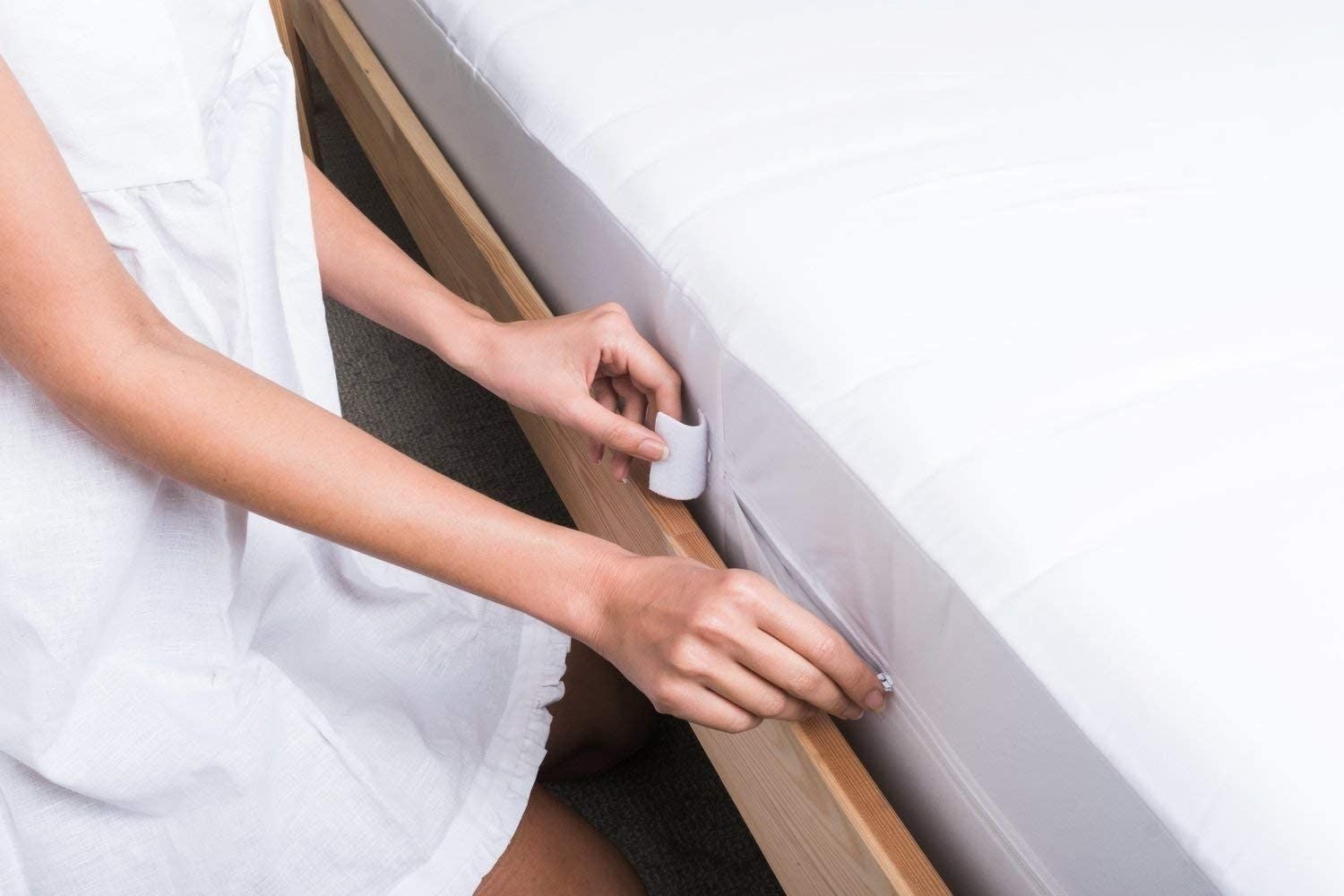




/GettyImages-183812306-56a4e8855f9b58b7d0d9d750.jpg)


